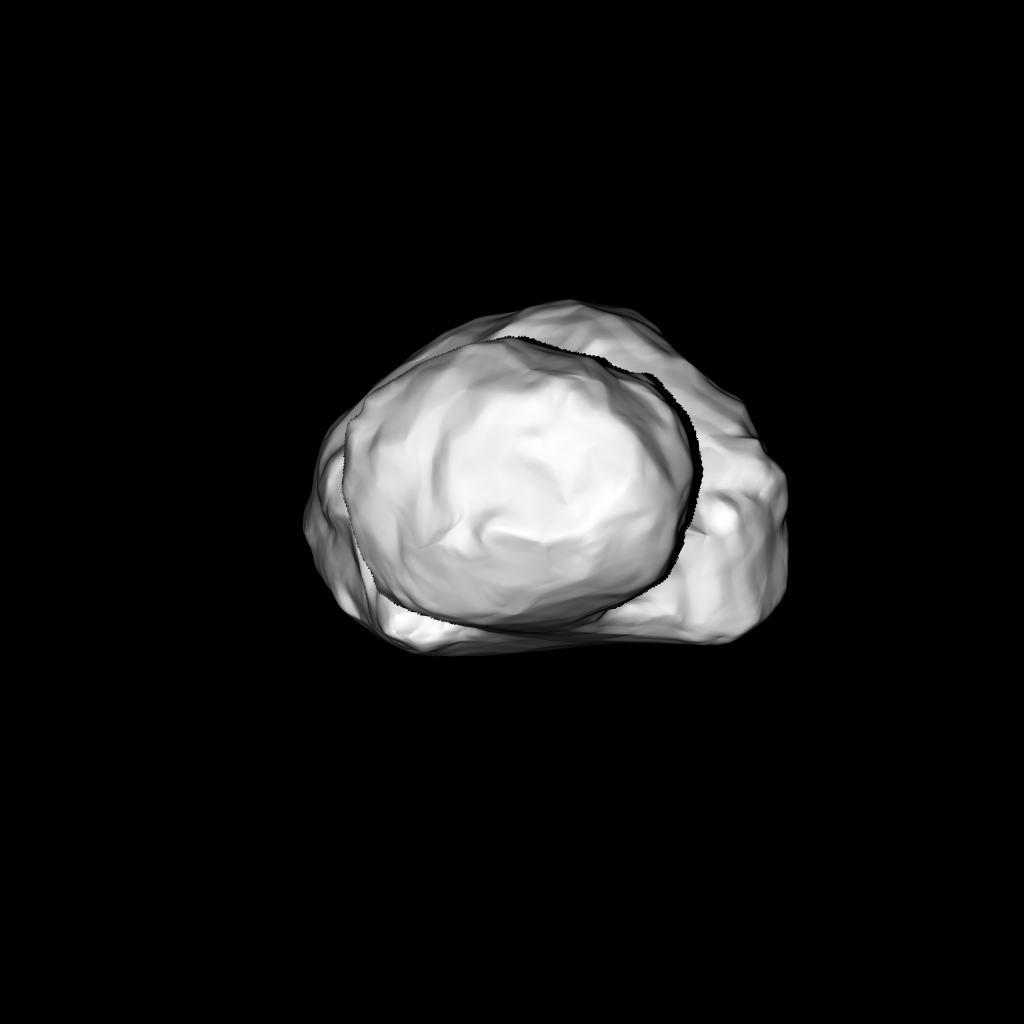TORONTO – It’s not Bruce Willis landing on an asteroid, but it’s still pretty exciting.

On Aug. 6, the Rosetta spacecraft, a joint mission by NASA and the European Space Agency (ESA) will reach its final destination: Comet 67P/Churyumov–Gerasimenko, which is also being nicknamed the “rubber duckie” comet based on recent images.
As of Tuesday, Rosetta was about 2,000 km from the icy body.
READ MORE: NASA prepares for comet that will narrowly miss Mars
This isn’t any run-of-the-mill mission: Rosetta will be the first mission to actually send a probe to hitch a ride on the comet.
Philae, the 100-kilogram lander, will self-eject from the main spacecraft. But the comet has almost no gravity, so in order to stay put, Philae will eject a harpoon and hang on for dear life. Three ice screws are also included in its legs which can also help it hang on.
Comets are bodies of ice and dust that orbit around the sun. When a comet nears the sun, the wind given off by our star turns the ice into gas which in turn forms a coma. As it gets ever-nearer to the sun, a dust tail of the gas forms. Charged particles from the sun can also convert some of the comet’s gas into ions giving it a second tail.
Scientists believe that comets are leftover debris from the formation of our galaxy 4.6 billion years ago. They are even believed to have supplied Earth with some essential building blocks of life.
READ MORE: Canadian Space Agency to launch laser on near-Earth asteroid mission
Scientists hope to get a closer look and better understanding of Comet 67P/Churyumov–Gerasimenko’s core. The mission will also help scientists understand comets better and in particular the Comet 67P/Churyumov–Gerasimenko’s composition and explain the comet’s origin.
It has taken Rosetta 10 years to reach its destination. However, it hasn’t been resting the whole time. In 2008, it flew by asteroid 2867 Steins, and in 2010 it flew by 21 Lutetia. In 2013 it entered deep space hibernation before it was woken up again in January.
When the spacecraft arrives it will begin surveying the comet. It won’t launch Philae until November.




Comments